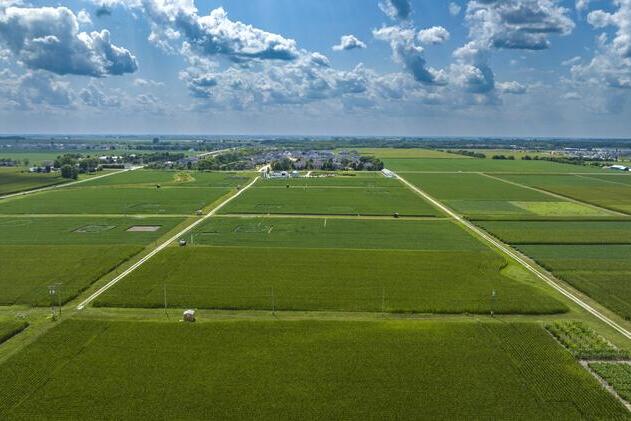河川の干ばつ期間と深刻度を特定する新手法 New method pinpoints streamflow drought duration, severity
2023-10-11 カリフォルニア大学リバーサイド校(UCR)
◆研究チームは、全国の350以上の場所で30年以上のデータを調査し、ベースフロー干ばつの始まりと終わりを詳細に特定する方法を開発しました。この研究により、干ばつ対策は場所に特有のものである必要があることが明らかになり、異なる地域での復旧にはさまざまな期間がかかることも示されました。
<関連情報>
- https://news.ucr.edu/articles/2023/10/11/rivers-may-not-recover-drought-years
- https://www.sciencedirect.com/science/article/pii/S0022169423011988
アメリカ全土の長期気象学的干ばつに対するベースフロー応答の包括的評価 Comprehensive assessment of baseflow responses to long-term meteorological droughts across the United States
Sanghyun Lee, Hoori Ajami
Journal of Hydrology Available online: 26 September 2023
DOI:https://doi.org/10.1016/j.jhydrol.2023.130256

Highlights
•We presented a flexible approach for detecting precipitation and baseflow droughts.
•Delayed baseflow responses to precipitation drought were up to 41 months.
•We examined climatic and catchment properties affecting baseflow droughts.
•The aridity index can differentiate the spatial patterns of baseflow droughts.
•Baseflow drought have become more severe and prolonged with climate change.
Abstract
Baseflow is a critical component of streamflow, as it maintains flow during meteorological drought. However, our understanding of baseflow response to meteorological droughts is limited. In this study, we presented a flexible approach for detecting precipitation and baseflow droughts and their corresponding recovery. Using this framework, we analyzed data from 358 anthropogenically unaffected catchments to characterize the droughts and recovery properties of baseflow across the United States. Results showed that baseflow droughts were more severe than the precipitation droughts, with duration ranging between 9–104 months. There were delayed responses of baseflow to precipitation droughts, showing longer-lasting effects up to 41 months after the end of precipitation droughts. Our analysis also revealed that baseflow drought is controlled by climate and hydrologic responses of a catchment, whereas baseflow recovery primarily depends on post-drought climate conditions. Furthermore, the aridity index can differentiate the spatial patterns of baseflow responses to precipitation droughts. Decadal changes in baseflow droughts revealed that baseflow droughts have become more severe and prolonged due in part to the rise in temperature highlighting the impacts of climate change on baseflow in the mild temperate zone. Overall, this study provides comprehensive insights into baseflow drought detection and its response to precipitation droughts and underscores the importance of these processes for sustainable water resource management.



